Oxycontin 10mg – Oxycodoni Hydrochloridum Tablets
$120.00 – $1,100.00
Oxycontin contains oxycodone use can significantly impact sleep, both in terms of quantity and quality of sleep. As an opioid pain medication, oxycodone can cause drowsiness, increasing the time a person sleeps.
Oxycontin 10mg – Oxycodoni Hydrochloridum Tablets
OxyContin is a strong prescription medication used to help relieve severe ongoing pain, such as pain due to cancer. It contains the active ingredient oxycodone, which belongs to a class of drugs known as opioid analgesics. OxyContin is used when an opioid medicine is needed to manage severe pain enough to require daily around-the-clock, long-term treatment with an opioid, when other pain treatments such as non-opioid pain medicines or immediate-release opioid medicines do not treat your pain well enough or you cannot tolerate them.
Dosage and Administration
According to the search results, the recommended starting dosage for patients who are not opioid tolerant is OxyContin 10 mg orally every 12 hours. The dosage may be adjusted by your doctor as needed. It’s important to follow your doctor’s instructions and not exceed the prescribed dosage.
Duration of Action
OxyContin is a prolonged-release formulation, meaning it is designed to provide pain relief over a period of 12 hours. The medication contains oxycodone in a modified-release form, which allows for a controlled release of the drug over time.
Side Effects and Precautions
Like any medication, OxyContin can cause side effects. Common side effects may include constipation, nausea, dizziness, drowsiness, and headache. It is important to inform your doctor if you experience any severe or persistent side effects.
OxyContin is a potent opioid medication and can be habit-forming. It should only be used under the guidance of a healthcare professional and for the specific purpose it has been prescribed for. It is important to follow the prescribed dosage and not share the medication with others.
If you have any concerns or questions about the use of OxyContin or its dosage, it is recommended to consult with your healthcare provider for personalized advice.
Warnings
You should not use OxyContin if you have severe asthma or breathing problems, or a blockage in your stomach or intestines.
MISUSE OF OXYCONTIN CAN CAUSE ADDICTION, OVERDOSE, OR DEATH. Keep the medication in a place where others cannot get to it.
Taking oxycodone during pregnancy may cause life-threatening withdrawal symptoms in the newborn.
Fatal side effects can occur if you use OxyContin with alcohol, or with other drugs that cause drowsiness or slow your breathing.
How should I use OxyContin?
Take OxyContin exactly as prescribed. Follow the directions on your prescription label and read all medication guides. Never use oxycodone in larger amounts, or for longer than prescribed. Tell your doctor if you feel an increased urge to take more of oxycodone.
Never share opioid medicine with another person, especially someone with a history of drug abuse or addiction. MISUSE CAN CAUSE ADDICTION, OVERDOSE, OR DEATH. Keep the medication in a place where others cannot get to it. Selling or giving away opioid medicine is against the law.
Stop taking all other around-the-clock opioid pain medicines when you start taking extended-release OxyContin.
Swallow the extened release tablet whole to avoid exposure to a potentially fatal overdose. Do not crush, chew, break, or dissolve.
Never crush or break an OxyContin tablet to inhale the powder or mix it into a liquid to inject the drug into your vein. This can result in death.
You should not stop using OxyContin suddenly. Follow your doctor’s instructions about tapering your dose.
Store at room temperature, away from heat, moisture, and light. Keep track of your medicine. Oxycodone is a drug of abuse and you should be aware if anyone is using your medicine improperly or without a prescription.
Do not keep leftover opioid medication. Just one dose can cause death in someone using this medicine accidentally or improperly. Ask your pharmacist where to locate a drug take-back disposal program. If there is no take-back program, flush the unused medicine down the toilet.
Common side effects:
- noisy breathing, sighing, shallow breathing, breathing that stops during sleep;
- a slow heart rate or weak pulse;
- a light-headed feeling, like you might pass out;
- confusion, unusual thoughts or behavior;
- seizure (convulsions);
- low cortisol levels – nausea, vomiting, loss of appetite, dizziness, worsening tiredness or weakness; or
- high levels of serotonin in the body – agitation, hallucinations, fever, sweating, shivering, fast heart rate, muscle stiffness, twitching, loss of coordination, nausea, vomiting, diarrhea.
| DOSAGE | 10mg, 20mg, 40mg |
|---|---|
| QUANTITY | 100 Tablets, 200 Tablets, 300 Tablets |
3 reviews for Oxycontin 10mg – Oxycodoni Hydrochloridum Tablets
Add a review Cancel reply
Related products
Sleep Disorder
Anxiety
Depressional Anxiety
ADHD Medication
Anxiety
Pain Relievers
Anabolic Steroid



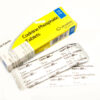
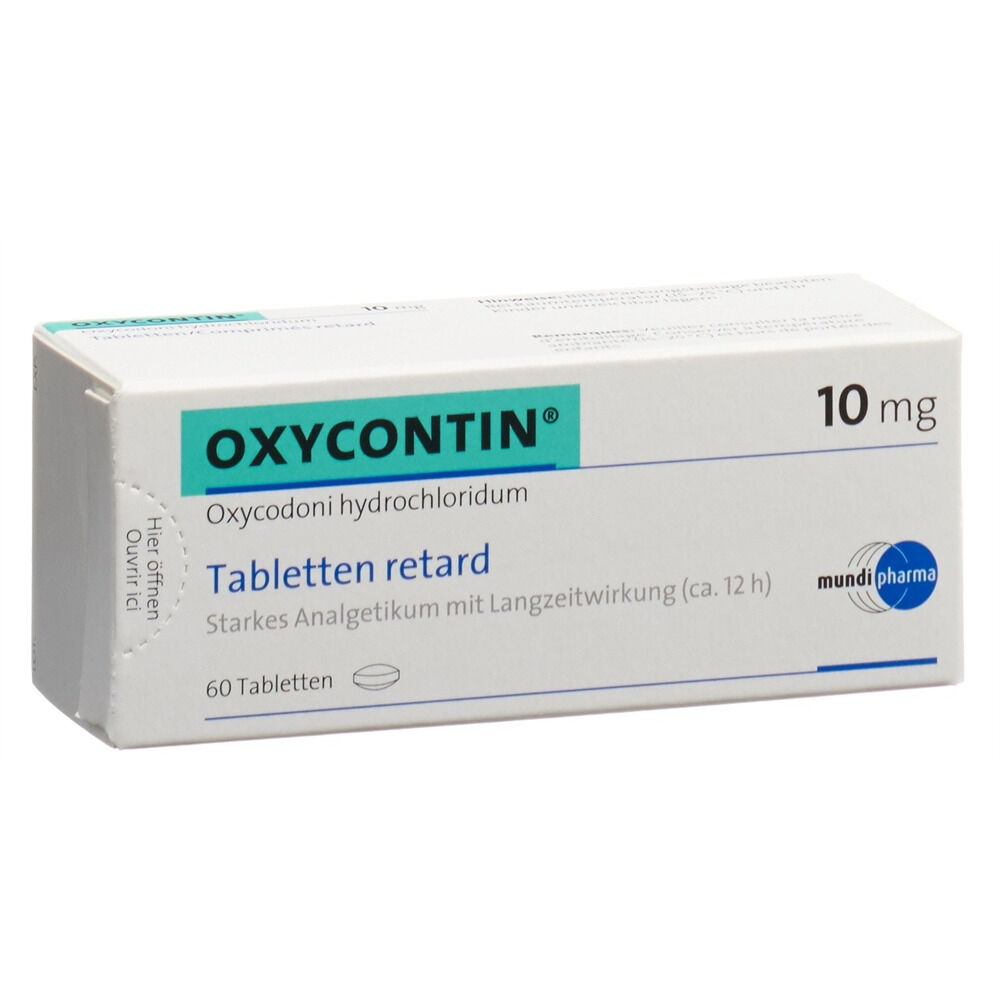
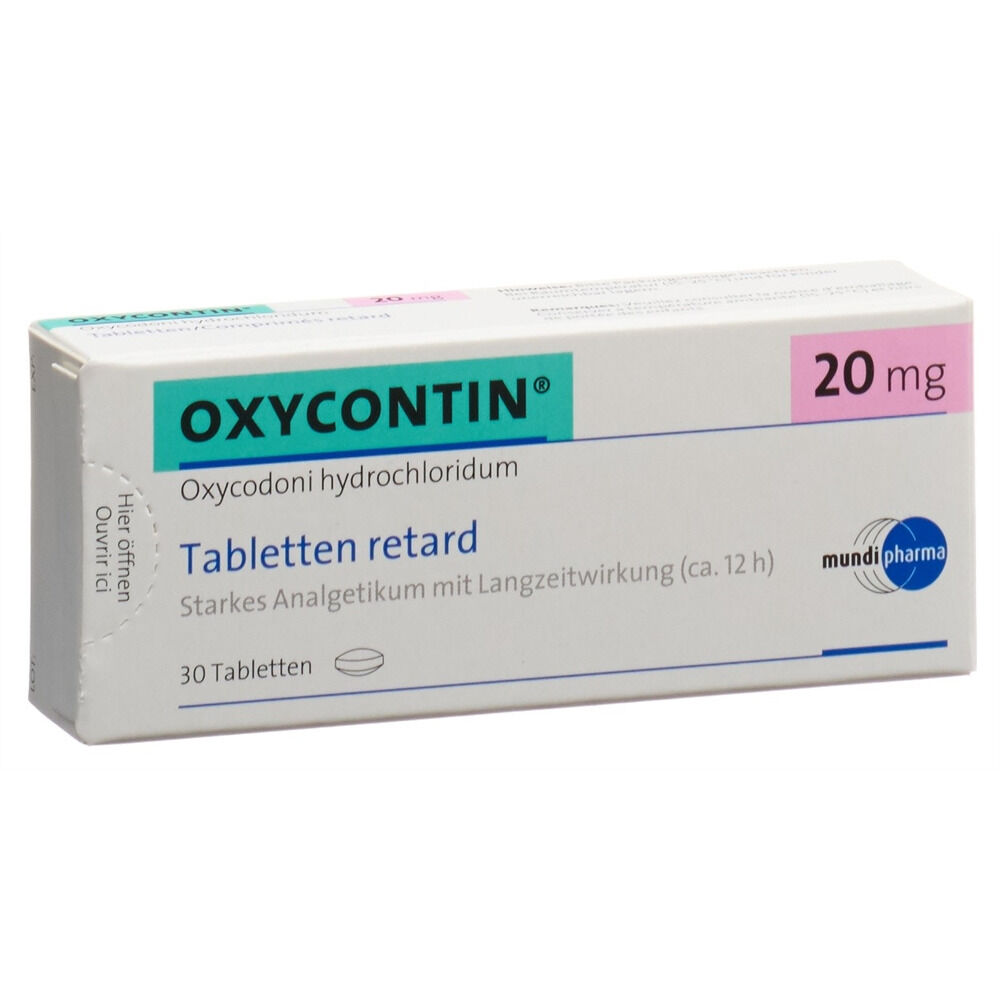

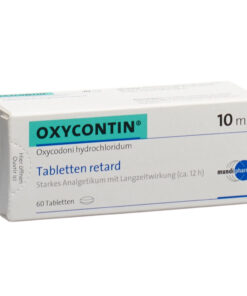
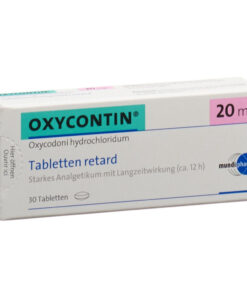
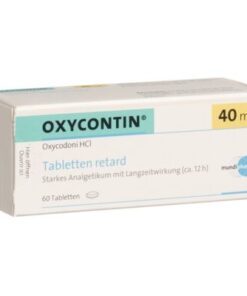
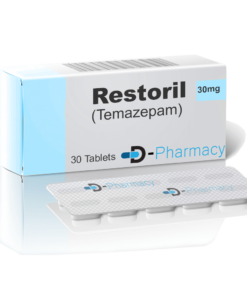

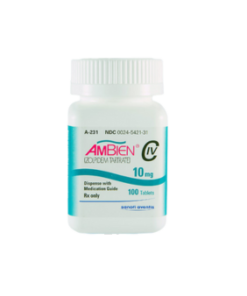
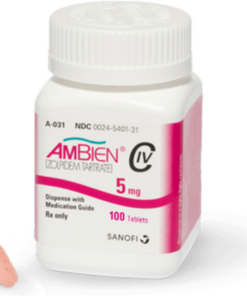
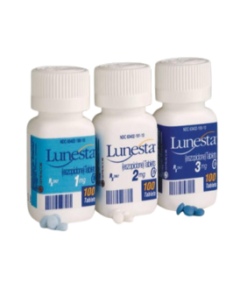
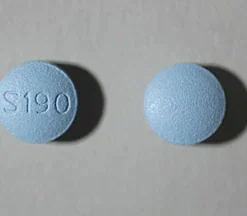
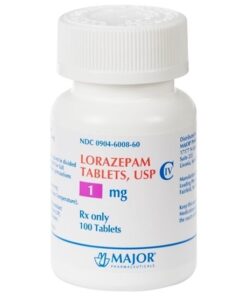

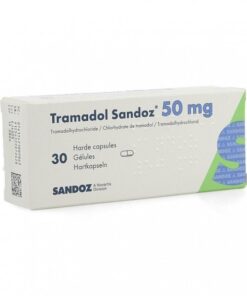
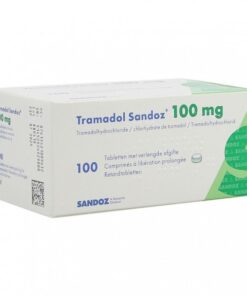
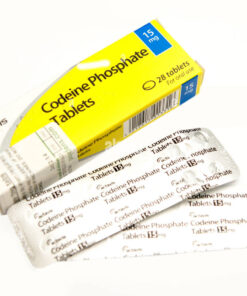

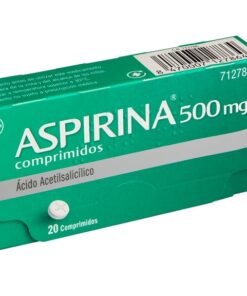

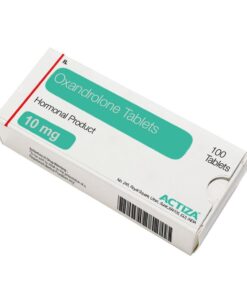
Charles –
“Ahhhh, the dreaded drug…no matter what you call it, by whatever media-scare tactic out there, what isn’t trumpeted are the success stories….why is that? Does something have to be “Negative” to garner press? And if so, why is that? My story: Two brain surgeries. Manmouth amounts of pain. I tried everything — nothing lasted like this drug. It has allowed me to go back to work, to live my life, to be a father to my children. Screw the strange looks the pharmacy…I’m glad i can buy them here now!”
Kenneth –
“OxyContin has helped me so much to live my life. I have no arms and only one leg from an IED when I was in Afghanistan. I suffer from Phantom limb pain and numerous other problems, but I don’t care, because had I not got in the way of the blast then a 2 year old and 3 year old would have died, so I’m fine with how I look. OxyContin has made the pain bearable. “
Martha –
“After severely injuring my back while lifting a patient, herniating three discs, three failed back surgeries and multiple ineffective pain relief measures I finally accepted that I will need medication until a cure for spinal nerve damage is found. Using oxycodone means I can walk my dog, keep my house neat, enjoy life with my husband and live life again. I am scrumptiously careful about how much I take and keep them under lock and key for the safety of my grandchildren. With great care this drug can give you your life back.”